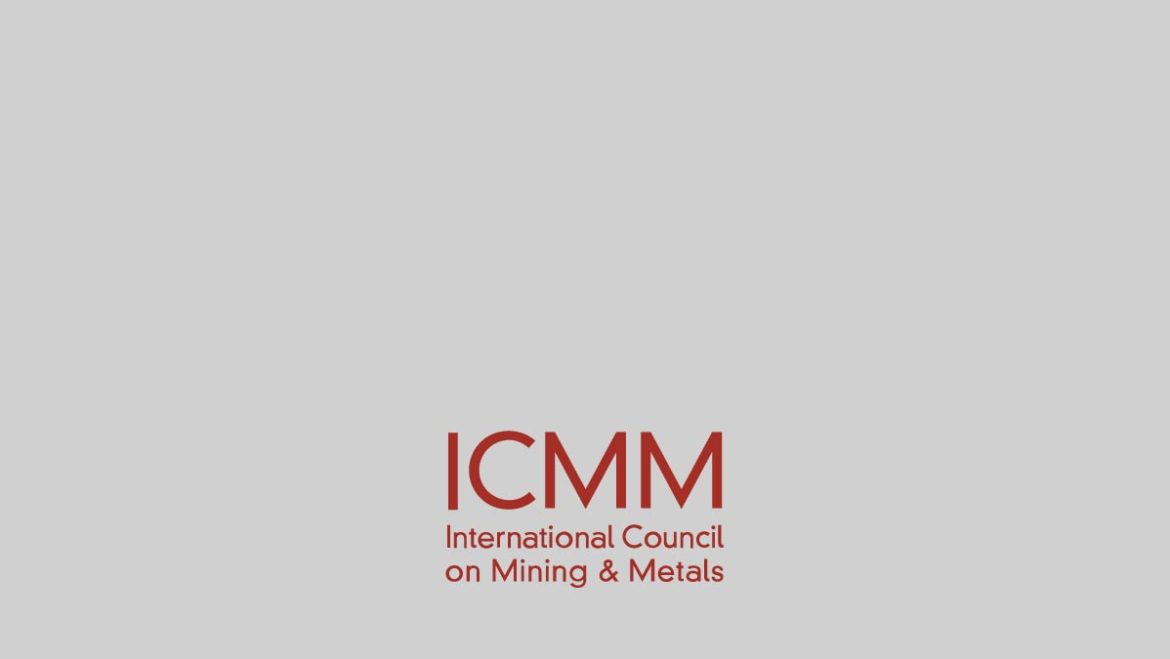This particular baseline study was undertaken of the entire South Gobi Province (Umnugobi aimag) in Mongolia. This is a far larger undertaking than would be attempted by many mining projects, but indicates the wide range of information that can be included. It was paid for by Oyu Tolgoi mining project, now run by Rio Tinto, as a contribution to the people and regulators of the entire province, and was undertaken by a team of Mongolian researchers, guided by an external advisory panel, made up of Mongolian national, provincial and local stakeholders, with international organization observers.
Table Of Contents
The Oyu Tolgoi (Ot) Socio-Economic Baseline Study Team
Acknowledgements
Executive Summary
- Introduction
- Explanatory Note
- Economy And Finance
(includes information on: the Financial sector, Local economy and market, Local budget revenues and expenditures, Agricultural commodity prices, Attitudes toward migrant-settlers and “outsiders”, Standard of living, Poverty and prosperity, Income/expenditure, Access to income support/social welfare in times of hardship, Employment, under-employment and unemployment, Existing employment sources, Subsistence strategy, Child labour and Youth issues) - Agriculture As Sources Of Livelihoods
(includes information on: General issues, Livestock sector and Crop production – scale and trend) - Industry
(includes information on: Industry as economic sector, Mining sector and Opportunities for new enterprises, access to finance, capital) - Local Business
(includes information on: Small businesses, Informal business, Tourism and associated businesses) - Supply And Service Capacity From Locals To Large Projects
- Environmental Data
(includes information on: Climate, Air quality, Soils, Vegetation, Wild fauna, Landscape, Land resources, Specially protected areas, Water resources, Afforestation, Solid waste management, State of water and soil pollution, Opinions of local residents on use of natural resources, Environmental capacity to support humans and livestock)

